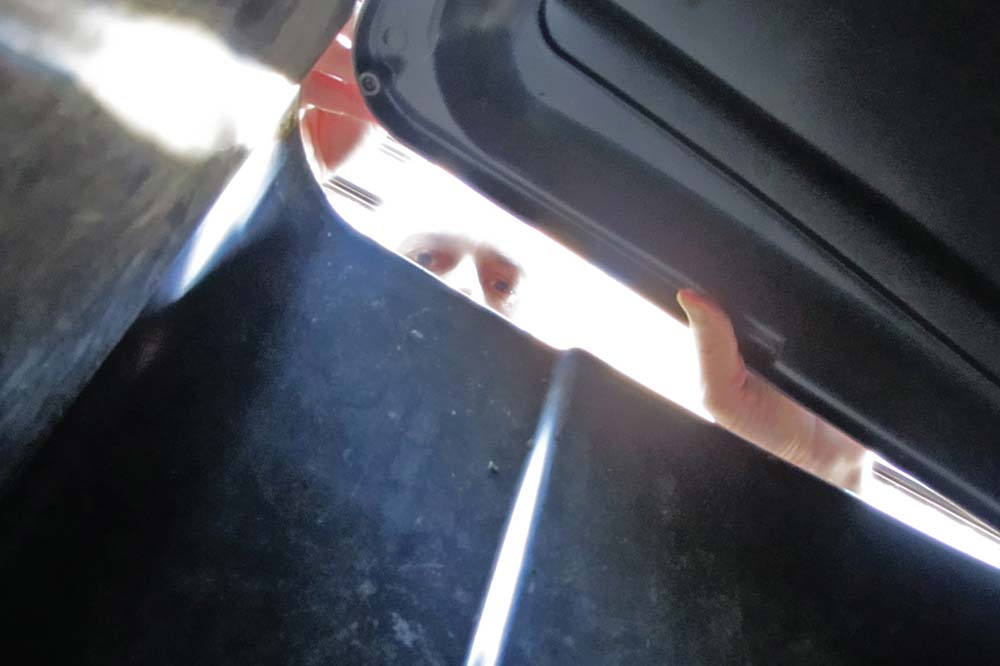
Image: Andrew Gustar.
Victoria’s City of Greater Geelong now has to deal with the pungent consequences of rotting landfill after observing that the former South Geelong tip has high levels of methane seeping out.
The site, which is now a light industrial estate off Barwon Terrace, will come under the microscope after it was detected that higher than expected levels of methane have been escaping from the former tip site.
The findings have provoked the council to establish and lead a new group to oversee ongoing monitoring of methane escaping from the site.
Council’s General Manager City Services William Tieppo said the new work group comprises officers from council, Country Fire Authority (CFA), EPA Victoria, Victoria Police, local community and business representatives and WorkSafe.
“Our number one priority is to ensure public safety – so we immediately notified the local commercial tenants and property owners, as well as the EPA, CFA, Police and WorkSafe,” Mr Teppo said.
Mr Teppo said that in this case, it seems an abnormally low-pressure weather system passing over Geelong forced more gas out than normal, which led to a spike in our readings.
But according to Mr Teppo, business activity has been continuing as normal across the estate.
“However, our working group will now monitor this site even more closely – and keep all stakeholders fully informed of any further spikes in the readings,” Mr Teppo said.
The escape of methane from landfill sites, and even former landfill sites, is a big problem for councils because of the potential environmental impact these gasses inflict, as well as the unwanted complaints from residents living near these sites due to foul odours emanating from decomposing waste.
It becomes an even more costly problem for local governments because they have to foot the bill for monitoring and potentially even extracting these gases, which normally come from organic waste mixed with household rubbish.
When the organic waste is dumped in landfill, it undergoes anaerobic decomposition due to the lack of oxygen and generates methane, which is 20 times more potent a greenhouse gas than carbon dioxide when released into the atmosphere.





